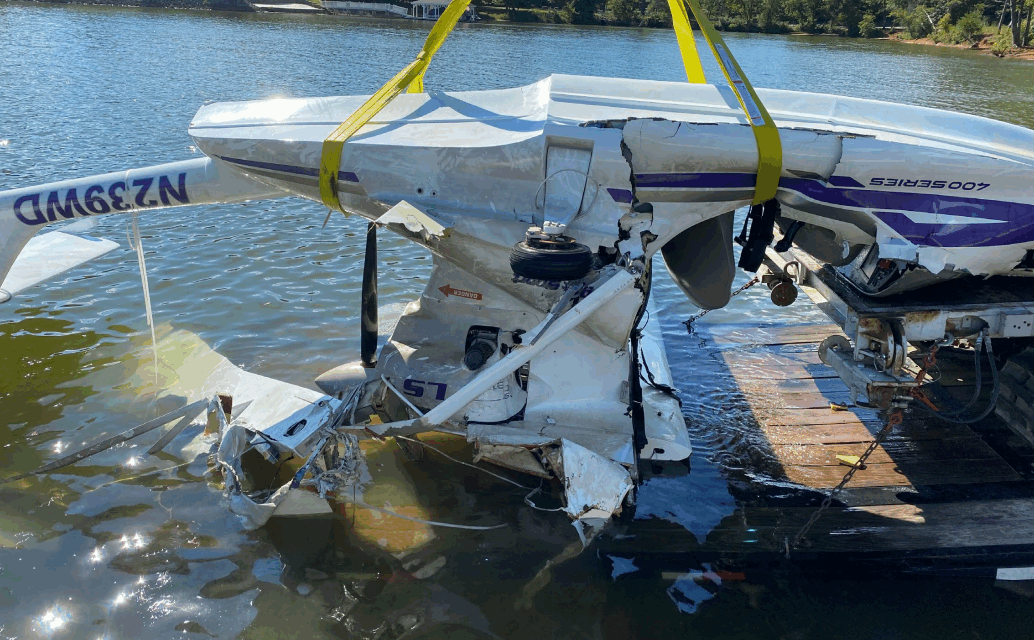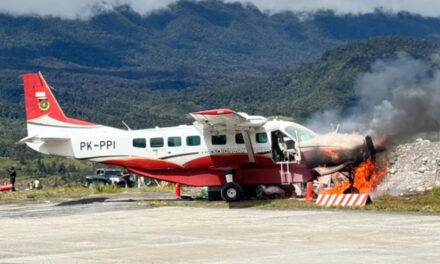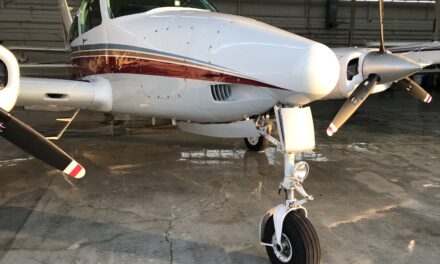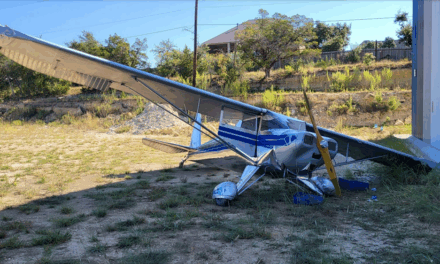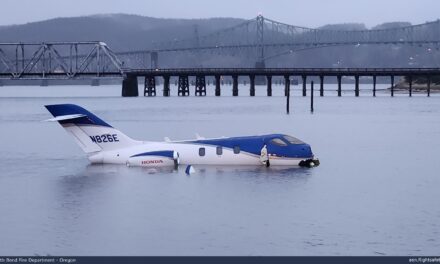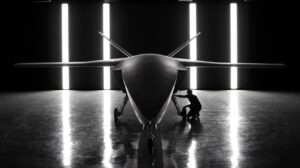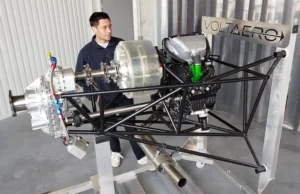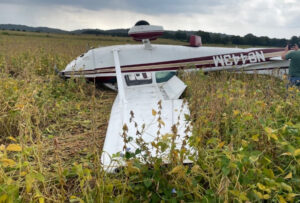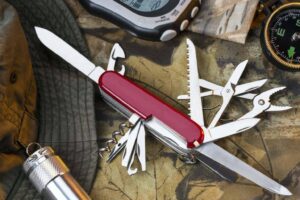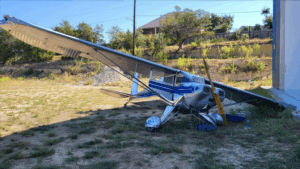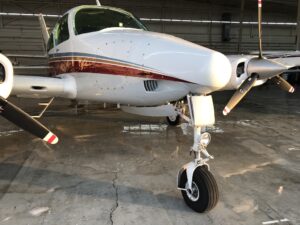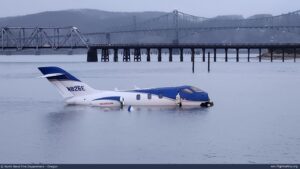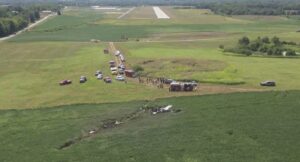On August 13, 2023, the Scoda Super Petrel LS N239WD wire-strike crash over Lake Hickory claimed two lives and stunned the amphibious aviation community. The aircraft, a 2022 Super Petrel LS, struck high-voltage transmission wires while flying low over the water after a touch-and-go maneuver. The impact caused the plane to roll inverted and plunge into the lake. Neither occupant survived. (NTSB Prelim) Aero-News Network preliminary report
The Flight That Turned Fatal
The focus keyphrase: Scoda Super Petrel LS N239WD crash hinges on loss of altitude awareness over water. That morning, N239WD departed Hickory Regional Airport under VFR. It proceeded directly over Lake Hickory and conducted a touch-and-go landing on water—a maneuver well within the design of the amphibious Super Petrel. The takeoff was smooth, and the hull transitioned from plow to step to climb without issue. Witnesses noted the flight maintaining low altitude over the water just after lift-off. (NTSB Prelim)
The flight then pulled a slight turn westward toward a shoreline segment that features a span of electrical transmission lines crossing the lake. Observers reported that the aircraft was flying unusually low—perhaps 100–200 ft above water—when, as it neared the wire span, the nose pitched downward sharply. A bright flash and sparks signaled a wire strike. The aircraft rolled inverted and entered the water almost immediately. (HangarDebrief) HangarDebrief account
Aircraft & Design Attributes
The Scoda (Scoda Aeronáutica) Super Petrel LS is a light sport amphibious biplane, with composite hull, sponsons, and a pusher propeller mounted above the wing. It typically is powered by a Rotax 912iS or 914 engine, producing around 100–115 hp. Its layout provides good visibility downward and to the sides, but upward-forward visibility is partially obscured by the engine pylon and wing structure.
Its strengths lie in its versatility—able to taxi, take off, and land on water or land. It is built to be forgiving at low speed, with manageable stall characteristics and moderate climb. Yet it lacks advanced obstacle-detection systems or wire-strike protection devices common in rotorcraft.
In amphibious operations, pilots often fly low over water for scenic effect or ease of navigation, but that practice compounds risk where wires cross water corridors.
Timeline & Witness Observations
After the takeoff from water, the aircraft did not climb aggressively. Instead, it tracked near the lake surface toward a stretch of shoreline defined by forest and undulating terrain. The powerline towers were visible against the treeline, but the wires themselves were difficult to discern until too late—a problem exacerbated by sun glare and low contrast.
Witnesses described a sudden change in attitude: the nose dipped, sparks flew, then the aircraft rolled inverted and entered the water. The loud flash preceded impact almost immediately. Emergency personnel responded swiftly, but the submersion and structural damage prevented recovery of the occupants alive. (NTSB Prelim)
Examination of wreckage later showed fracture and strut failure in portions near the wing and open structure where wire contact likely damaged bracing. Propeller blades bore arc and deformed signatures consistent with rotation at impact. (NTSB Wreckage Release) NTSB Wreckage Release document
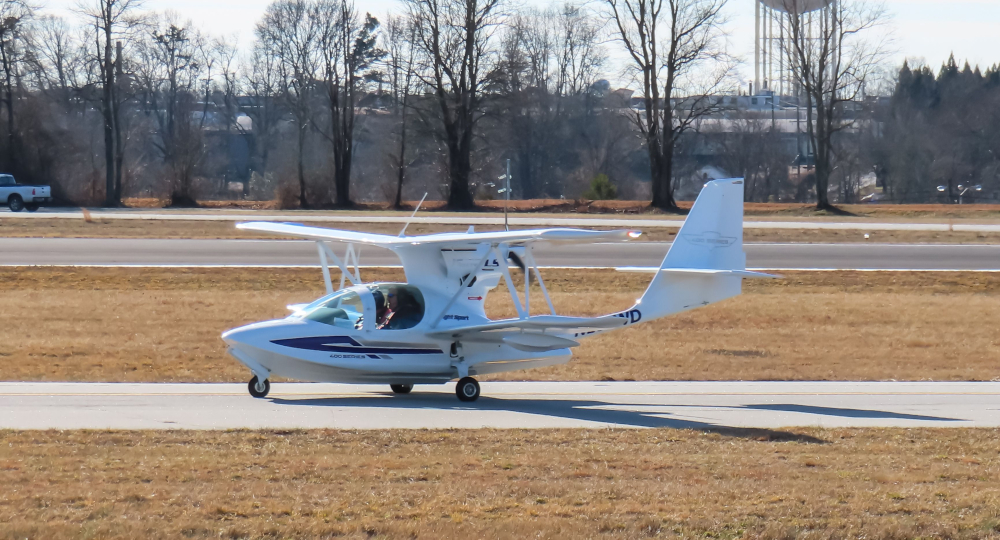
Human & Visual Factors
Low-altitude flight reduces recognition time. Thin wires over water in bright conditions are notoriously invisible until final seconds. In this case, the pilot may have assumed the span was absent or visible.
Cognitive factors—expectation bias (assuming scenery is wire-free), plan continuation (after a successful touch-and-go), and altitude comfort—can degrade vigilance. The passenger was a student pilot and unlikely to act as a backup observer.
Visibility geometry matters. Looking slightly above the nose is required to spot wires. In the Super Petrel, the upward field of view is partially blocked by the wing leading edges and engine pylon—areas where wires might cross in the pilot’s blind sectors.
Environmental Constraints & Risks
Lake Hickory’s layout offers long open water corridors, but scenic appeal often draws pilots to low-level flight. Because lakes rarely have formal obstacle maps or warning systems, wire spans often cross without marking or attention. The lack of marker balls or higher contrast wire markings in this region left the hazard functionally invisible until impact.
Lighting plays a role. midday glare, lack of contrasting backgrounds, and reflection off water all reduce visual contrast. Wires crossing against sky or tree backgrounds are harder to detect. Pilots under generous weather may assume wire visibility suffices—but that assumption fails under real conditions.
Comparative & Historical Precedents
A similar Super Petrel wire-strike incident occurred in Montana in 2022, when another aircraft struck wires over a river while flying low. (Flying Magazine) FlyingMag summary
Wire-strike accidents are well-documented in rotorcraft but less so in amphibious LSA/ultralights. The lack of wire-strike protection on light fixed-wing craft makes them exceptionally vulnerable. In other cases, pilots survived with clipped wings or fuselage strikes when altitude margins remained; here, no margin remained.
Lessons & Recommendations
From this tragic crash of Scoda Super Petrel LS N239WD, several safety lessons must be internalized by the aviation community:
- Avoid extended low-level flight over water unless absolutely necessary.
- After water operations, climb to a safe altitude before any sightseeing or lateral flight.
- Conduct a reconnaissance or high pass at safe altitude to scout for towers and spans.
- Use maps, charts, or local hazard databases to identify known wire crossings along lake corridors.
- Advocate for markers on wires spanning navigable lakes—utility and aviation agencies should work together.
- Leverage obstacle database inclusion in flight planning tools and EFB overlays.
- Train in visual recognition of wires, effective scanning techniques, and low-level hazard awareness.
Although LSA classes may not currently support costly wire-strike protection kits, incremental improvements—lighter advisory sensors, wire-overlay mapping, or even cheaper visual enhancements—are plausible future safety tools.
Conclusion
The Scoda Super Petrel LS N239WD crash over Lake Hickory underscores how a moment’s altitude decision, visibility geometry, and environmental blindness can turn a routine sightseeing flight into tragedy. Neither mechanical failure nor weather appear to be causes; instead, the invisible risk of wires in low-level amphibious flight proved sufficient.
It reminds all pilots—especially those in amphibious aircraft—that serenity over water belies hidden danger. Climbing early, planning routes carefully, scanning wisely, and resisting the urge to hug the water may be the difference between a serene flight and catastrophe.
If LSA and amphibious aircraft often fly in wire-dense corridors, should affordable obstacle-detection or wire-overlay systems become standard—even on ultralights?

